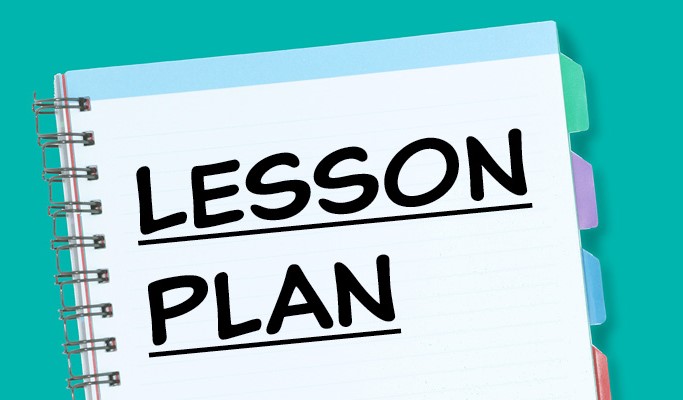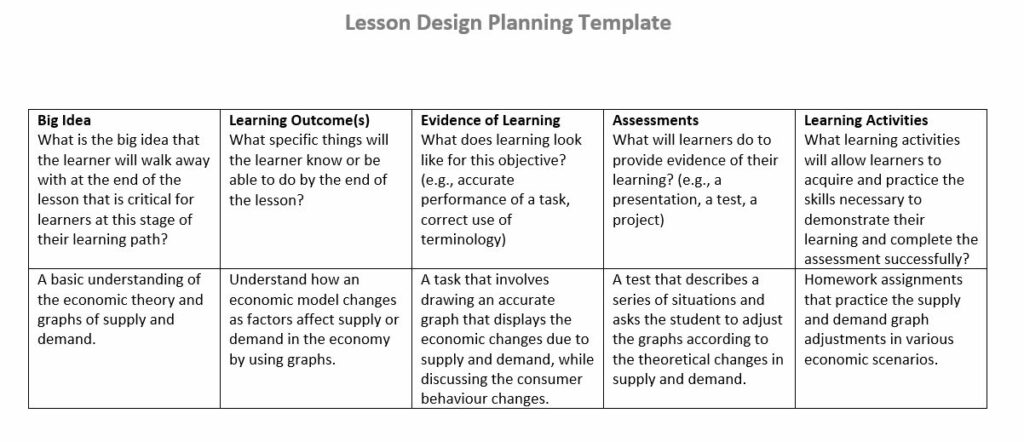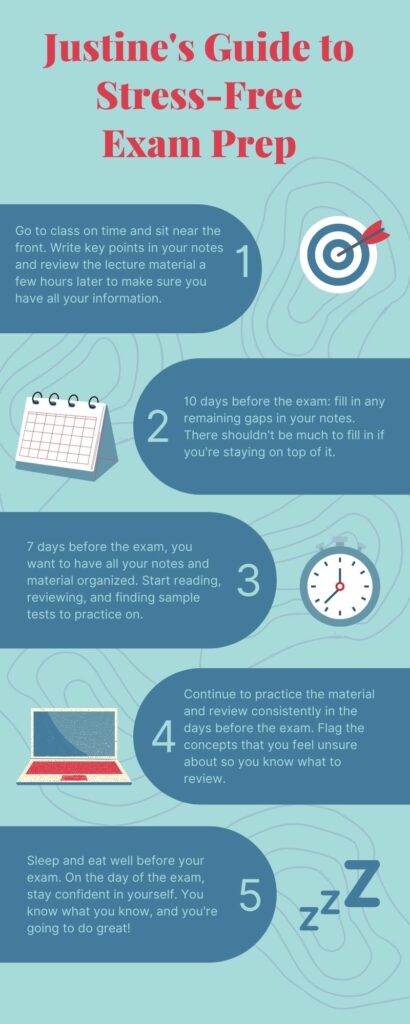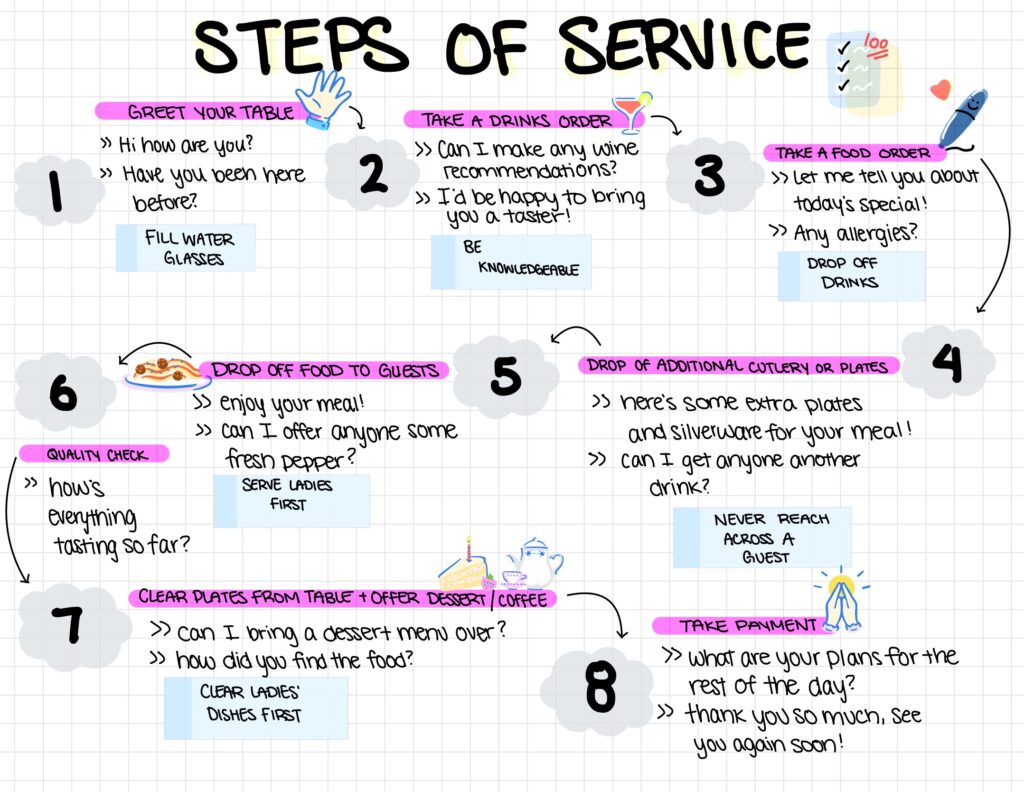Have you used a tool like Khan Academy that creates a learning path for you? Did you find it to be useful or a hindrance to your learning? Or both?

Yes, I have used Khan Academy before. I have never been that confident in my mathematic abilities, and I found it helpful to have a free resource available that could offer a different perspective on the topics I was struggling with. To this day in my math-based classes, I do tend to see if there is a video on Khan Academy that can help me to supplement my learning.
Unfortunately, I have struggled with Khan Academy in the past as well. I found that there were some topics or examples that did not align with the issue I was having. Despite all the time I spent trying to find the information I needed, I would feel more and more frustrated when I was unsuccessful. I think that Khan Academy and other AI/online learning platforms are very useful when used as the primary educational resource, however, it can be difficult to use them as secondary resources. In some cases, my teacher would give an example on the board, but the teacher on Khan Academy would use a different example, therefore I wouldn’t get the information I was looking for and would feel more defeated.
Overall, I think there are both pros and cons to the use of AI platforms. If you want to learn a new language for a trip and you download Duolingo, that is a great opportunity to engage with a personalized learning plan. On the other hand, if you want to learn how to do a very specific math problem, it’s probably better to skip Khan Academy and go visit your teacher.









Recent Comments